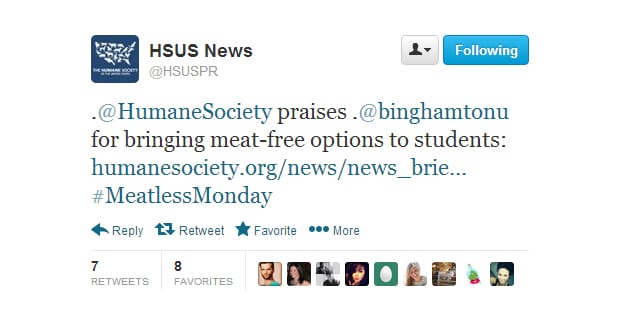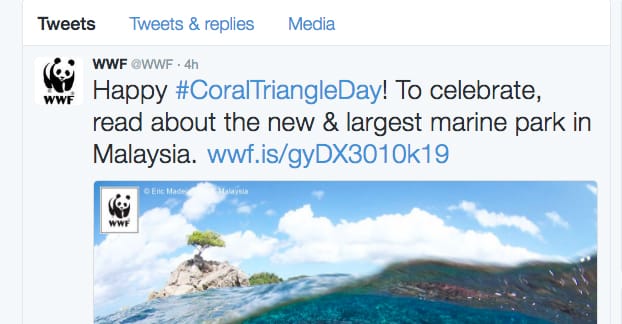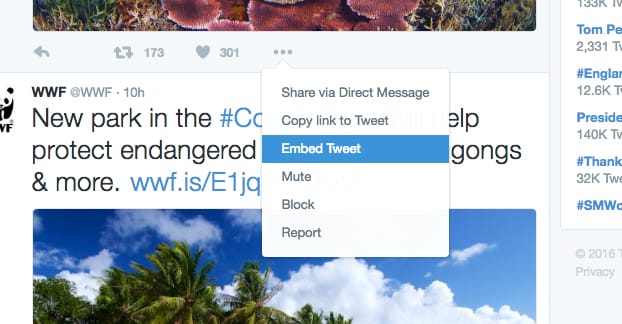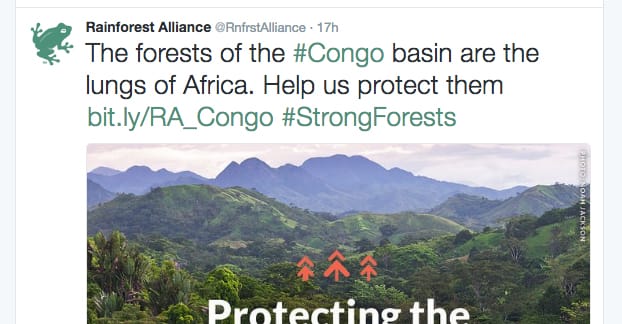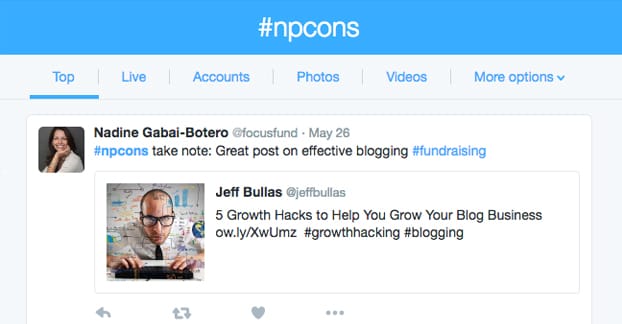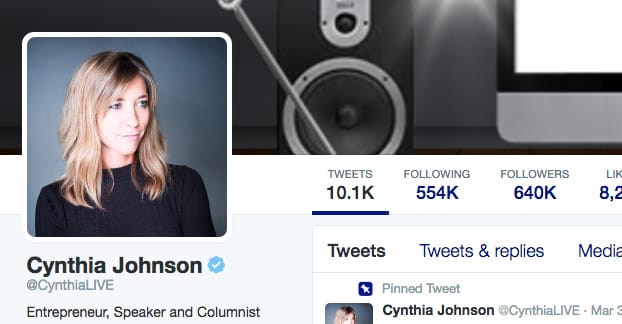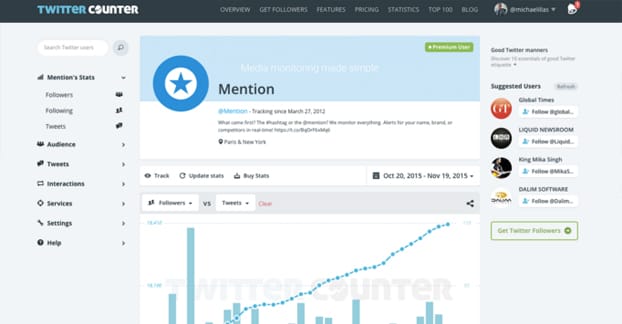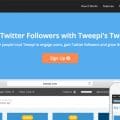Nonprofits are an interesting type of organization to me, as a marketer. They are in many ways businesses, with many of the same challenges and goals of other businesses. Yet they are limited in their actions by tight resources, regulations, and management rules. It’s almost like a puzzle to crack for marketers. How do you grow the awareness and the fundraising potential of a nonprofit without taking the obvious route, which is to spend a bunch of money on advertising?
Social media is one of the greatest tools of the 21st century for nonprofits, in this case. They’re amazing free ways to access huge audiences of people. Twitter alone has over 300 million monthly active users. Even accessing a fraction of one percent of those people with your message can be a massive boost of traffic, of awareness, and of fundraising.
Twitter is also a very simple platform. You don’t have all of the issues of Facebook limiting reach and requiring engagement for users to see what you post, but you still have access to tons of people. You don’t need to worry about lengthy posts, since there’s a tight character limit. Mistakes are quickly washed away in the press of content, so long as they aren’t too egregious.
What I’ve done is compiled the best tips I can find or think up for Twitter usage that don’t require investment that a nonprofit won’t be able to do. As long as you have someone with a spare hour or two a day, you can utilize Twitter to easily 80% of its potential. If you have a minor marketing budget and can spend a few bucks, you can come out even further ahead.
Learn the Basics of @Mentions
In the past, any time you put someone’s username with an @ in front of it, it notified them and took up some of your character space. If the very first character of a tweet was the @, it counted as a reply, and was invisible to everyone but the user unless they navigate directly to it. This is why people would put .@ in front of tweets instead; to make a reply visible.
Twitter is changing this. Now @usernames no longer take up character space, and tweets can @mention up to 50 people and still trigger their notifications. Other forms of meta data, like images, links, and polls, do not take up character space either. If you want a reply to be seen by your audience, you can just retweet it.
Twitter users in general are not happy about this change, but that doesn’t matter. You simply need to adapt, which should be easy, since you’re not that deep into Twitter marketing yet that you’re used to the old way of doing things.
Hashtags come in two broad flavors: branded and unbranded. Branded tags will be tags like the name of an event your host or the name of your nonprofit. Unbranded will be tags involving the generic name of a disease or ailment. It’s good to use a mixture of both in your messaging.
In general, you will want to limit your tweets to 1-3 hashtags at most. You don’t even need to include a hashtag if the tweet doesn’t call for it.
Generally, use branded tags to reign in a conversation and keep people talking where you can see them. Use generic tags to open your messages up to a wider audience and start new topics of discussion.
Promote Blog Posts on Twitter
One of the biggest parts of nonprofit marketing is running a blog. I don’t have the space or the time here to talk to you about running a blog, but I can say one thing; you should be promoting your blog posts on Twitter. Your posts are very valuable for your audience to see, and showing them off on Twitter gives you access to a larger audience. Plus, if one of them turns out to catch a viral surge of traffic or capitalizes on a trend, you get all that much more visibility.
Embed Twitter Posts on Your Blog
Did you know things can go the other way too? When you’re on Twitter, you can click the … icon next to any tweet and click the “embed tweet” option to get code. This code can be pasted into a blog post and it will render to readers as the tweet, embedded, complete with all of the meta information about the poster, the time, the engagement, and more.
Embedding tweets in your blog posts helps your blog readers recognize that you have a Twitter account, and it helps you cross-promote messaging between the two. It won’t fit in every blog post, but it’s something to keep in mind when you find an opportunity.
Sometimes there will be other partners in your fundraising, your event management, or even just in outreach for your goals. Sometimes there are people who are prominent in your organization with Twitter accounts of their own. There will often be people talking about your issues who are not otherwise related to your nonprofit. All of these are opportunities to follow these people and to retweet their content on your feed. This does two things. First, it helps you fill out your feed with content other than your own posts. Second, it helps build associations with these people and, ideally, get them to share your content, exposing you to a larger audience than what you already have.
Use Tweets for News and Updates
Twitter is a short, fast-moving website with a very lightly filtered feed. Timeliness is a very important factor in determining who sees what messages. If someone wants to read news about your nonprofit, up to the minute, what are they going to do?
They’re not going to call you or email you, they’re not going to look for a newsletter or a mailer. They’re going to check your website or, if they’re experienced with the internet, your Twitter feed. Twitter is a great place to post news; if it’s blog-worthy, share the blog post. If it’s not, just post about it on Twitter alone. People will get the hint and will start paying attention to your Twitter for any new updates.
Run a Twitter Contest
There are a ton of different ways you can run a contest on Twitter to gain more visibility, more followers, and more engagement. Maybe you’re just featuring users or their content. Maybe you’re asking for relevant photos. Maybe you have branded items to give out, like stationary or apparel. Maybe it’s just a for-fun caption contest. It doesn’t really matter what kind of contest you run; running a contest is a fun miniature event for casual web users to experience. Just make sure you’re running it appropriately, either with an app or within Twitter’s guidelines for contests and promotions.
Participate in Industry Twitter Chats
Twitter chats are a unique form of activity only available on Twitter. Essentially, the idea is that certain entities in prominence in an industry – like Moz or SEJ for SEO, for example – will schedule a chat night. It will be a 2-3 hour period where they moderator will specify talking points and engage with people who want to chat about the subject. It spurs conversation, generally centered around a specific #chathashtag.
You can run a chat event of your own. All you need to do is promote it through your blog and outreach system, and moderate it when it comes. However, if you don’t have a large audience or a large reputation, it can fall flat. Instead, keep an eye out for various related chats – perhaps about nonprofits or fundraising in general, or about your chosen issue specifically – and participate. It helps you gain visibility.
Use Polls to Ask for Audience Insight
Any time you ask a question on Twitter and get answers, those answers help you learn more about your audience. Polls are even better for this, because users – who might not have the time or attention to contribute full sentences or opinions – can vote in them with a single click or tap. You’re very likely going to gain a pretty good percentage of your audience in responses to a poll, so you know you’re getting about the most accurate information you can. It might not be accurate to your audience as a whole, but it’s accurate to the people who see your Twitter messages, and that’s all you need if you want to optimize how you talk to people on Twitter.
Follow Influential People and Retweet Their Content
I already mentioned this tip in passing when talking about how to fill out the rest of your Twitter stream. It’s worth mentioning again, simply because the retweet and the follow are the basic currency of action on Twitter. Likes don’t share the liked post with your audience, so they aren’t as useful. Likes are a way of adding tweets to a list of content you enjoy. Retweets share that content with your audience, which helps you out and helps out the people you retweet.
If you want to read more about this technique, it’s called influencer marketing. The hardest part about it, actually, is just locating the influencers you want to target. Thankfully, there are tools for that.
Manually Cross-Post Other Social Content
When you have something interesting to say on Twitter, you can probably get away with saying it on Facebook as well. Instagram images can be posted to Twitter with little or no issue. Sharing blog posts is routine, commonplace. Cross-posting between your social accounts and other media streams helps you gather people from one to the next to the next.
The trick here is that automatic posting is not valuable. It’s easy for someone on Facebook to tell when a post was made automatically from a Twitter bot, or an Instagram automatic integration on Twitter, or what have you. People don’t engage with bot posts because they assume no one is there to respond, so their engagement is not valuable. If you give it that personal touch, it will work much better.
Post Every Day, Several Times Per Day
The number one thing you can do to grow a presence on Twitter is post every day. Common advice ranges from 3 to 10 posts per day, so sticking around 5-6 is probably ideal. Posting can be adjusted as you pay attention to how your audience responds.
If you only have 1-3 posts worth of content to share of your own, that’s where curation and influencer sharing comes in. By sharing content you think is interesting with your audience, you get to reap the benefits of posting interesting content without the onus of having to come up with that content in the first place.
Search for Your Brand and Interact
One clever trick you can use is to monitor your brand on Twitter. Periodically – about once every couple of days, or even daily if you get enough visibility – run a Twitter search for your brand name and your cause. You’re looking for mentions that don’t have a relevant hashtag or @mention attached to them – in other words, mentions you haven’t seen and haven’t been directly addressed to you.
These mentions may have been made casually or they may have been made by people who don’t know you exist on Twitter. When you find them, you can step in and say “hey, we have resources about this, here” and give them a link. This shows you’re helpful, proactive, and present.
As a nonprofit, you know that awareness is about the most important requirement for success in any endeavor. Building awareness of your Twitter account is equally important. Post it on everything! Your print media, your commercials, your mailers, your emails; it has a place anywhere you can fit an extra word or two. Build awareness to build success.

